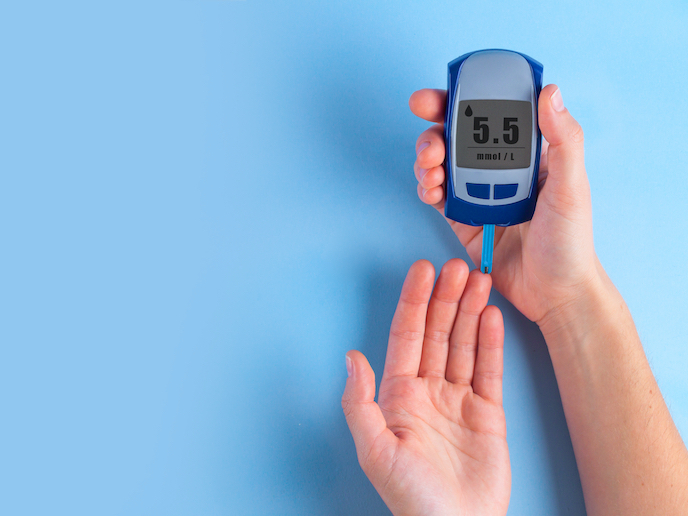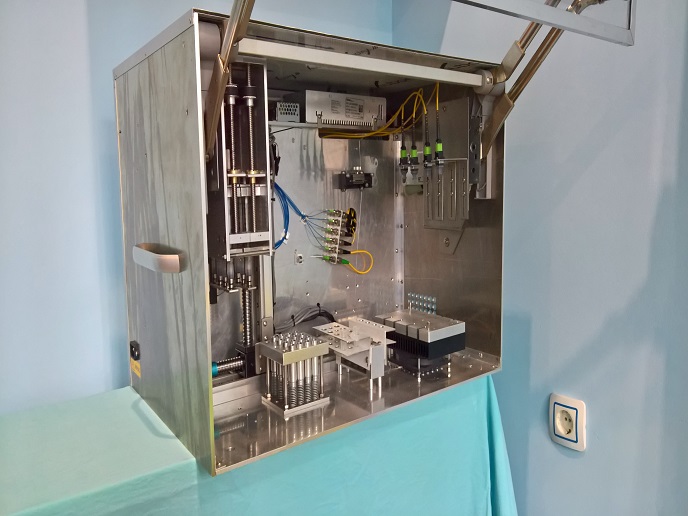Rapid, early diagnosis of multiple diseases
In the search for biomarkers of disease, a range of separation and sorting protocols exist to identify components of cells or fluids. Of these, many are dependent on tagging or labelling the molecule of interest, and the entire process from protein expression to tagging to purification and recovery can be time consuming, costly and laborious. Scientists initiated the EU-funded project 'Magnetic nanoparticles for multiplexed assays for low and high molecular weight biomarkers' (ASSAY FOR BIOMARKERS) to develop a novel tagless diagnostic technology. The assay is capable of capturing the biomarkers directly from the analyte solution and separating and detecting biomarkers of interest all in one step. The technology exploits nanoparticles (NPs) with paramagnetic or optical properties functionalised with aptamers (small, single-stranded target-binding nucleic acid molecules) or antibodies and combined with novel nanopore technology. The NPs bind to the biomarkers of interest within the analyte itself. Given the use of both aptamers and antibodies, the system can screen numerous biomarkers of interest with a large range of molecular weights and functionalities. The tuneable nanopore technology based on multicomponent metallic nanorods enables biomolecular separation and analysis. ASSAY FOR BIOMARKERS delivered a novel, one-step process for high-throughput screening of multiple disease biomarkers directly from biological samples. The work, which resulted in 22 publications and three patent applications with promising commercial interest, is expected to have significant impact on early the diagnosis and treatment of disease with greatly improved patient outcomes.







